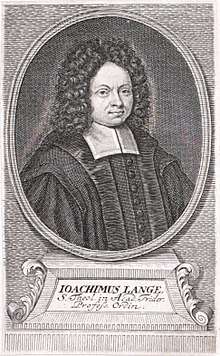Gardelegen
| Gardelegen | ||
|---|---|---|
 | ||
| ||
 Gardelegen Location of Gardelegen within Altmarkkreis Salzwedel district  | ||
| Coordinates: 52°31′35″N 11°23′33″E / 52.52639°N 11.39250°ECoordinates: 52°31′35″N 11°23′33″E / 52.52639°N 11.39250°E | ||
| Country | Germany | |
| State | Saxony-Anhalt | |
| District | Altmarkkreis Salzwedel | |
| Government | ||
| • Mayor | Mandy Zepig (SPD) | |
| Area | ||
| • Total | 632.43 km2 (244.18 sq mi) | |
| Elevation | 43 m (141 ft) | |
| Population (2017-12-31)[1] | ||
| • Total | 22,614 | |
| • Density | 36/km2 (93/sq mi) | |
| Time zone | CET/CEST (UTC+1/+2) | |
| Postal codes | 39638, 39649 | |
| Dialling codes | 03907, 039004, 039006, 039056, 039085, 039087, 039088 | |
| Vehicle registration | SAW, GA, KLZ | |
| Website | www.gardelegen.de | |
Gardelegen (German pronunciation: [ˈɡaʁdəleːɡən]) is a town in Saxony-Anhalt, Germany. It is situated on the right bank of the Milde, 20 m. W. from Stendal, on the main line of railway Berlin-Hanover. Since 2009 it has included Algenstedt.
History

It has a Roman Catholic and three Evangelical churches, a hospital, founded in 1285, and a high-grade school. There are considerable manufactures, notably agricultural machinery and buttons, and its beer has a great repute.
Gardelegen was founded in the 10th century (first named 1196). The castle Isenschnibbe was owned by the House of Alvensleben from 1378 until 1857. On the neighboring heath Margrave Louis I. of Brandenburg gained, in 1343, a victory over Otto the Mild of Brunswick. In 1358 Gardelegen became a city of the Hanse. It suffered considerably in the Thirty Years' War, and in 1757 barely avoided being burned by the French.[2]
On 13 April 1945, 1016 concentration camp prisoners were burned alive by the Germans in the Isenschnibbler Feldscheune. Today this area is the site of a memorial for the dead. At the height of the cold war, a USAF RB-66 reconnaissance aircraft was shot down by Soviet fighters near the town on 10 March 1964. Her crew bailed out and was rescued and eventually handed back to West-Berlin by Soviet forces.[3]
After having incorporated 18 neighboring towns and villages in 2011, Gardelegen is now Germany's third largest city by area, trailing only Berlin and Hamburg. It is actually the largest municipality in area in what was formerly East Germany. The population however is small, with only about 23,000.
International relations
Gardelegen is twinned with:
Personality
Sons and daughters of the town
- Christian Francken (1550-1611), Jesuit and Unitarian theologian
- Joachim Lange (1670-1744), theologian

- Johann Wilhelm Weinmann (1683-1741), chemist and botanist
- Christoph August Tiedge (1752-1841), poet
- Otto Reutter (1870-1931), comedian, singer and actor

- Werner Preuss (1884-1919), officer
- Christa Stubnick (born 1933), sprinter
- Raymond Hecht (born 1968), javelin thrower
Associated with the town
- Richard Sonnenfeldt (1923-2009), American engineer and author, grew up in Gardelegen
- Helmut Sonnenfeldt (1926-2012), American government official, who grew up in Gardelegen
References
- ↑ "Bevölkerung der Gemeinden – Stand: 31. Dezember 2017" (PDF). Statistisches Landesamt Sachsen-Anhalt (in German).
- ↑ Becker, H. (2011). Gardelegen: tausend Jahre einer Stadt. Sutton Verlag GmbH
- ↑ Dejá vu in Gardelegen by Wolfgang Preisler
External links
- Official website

![]()
| Wikimedia Commons has media related to Gardelegen. |
